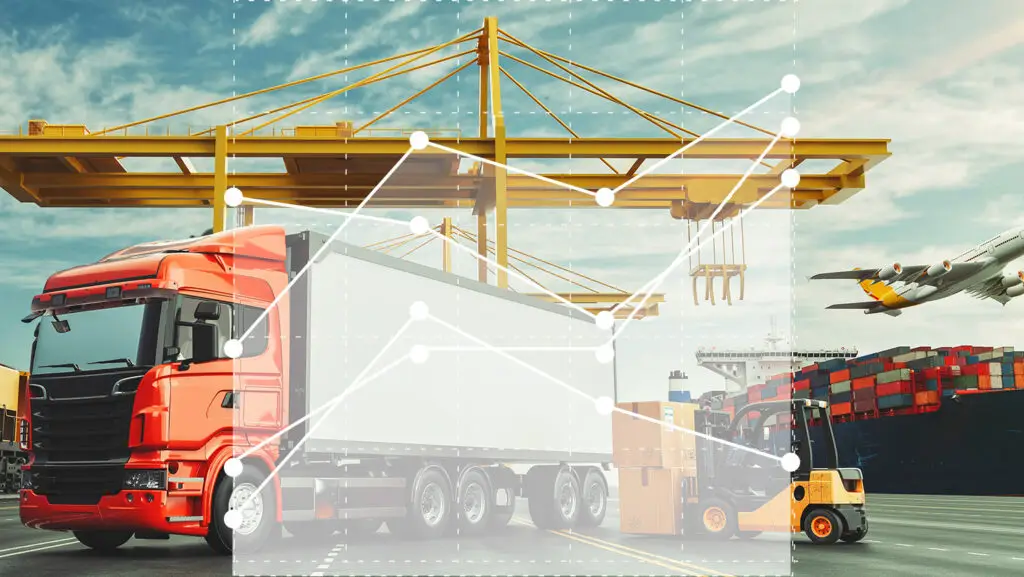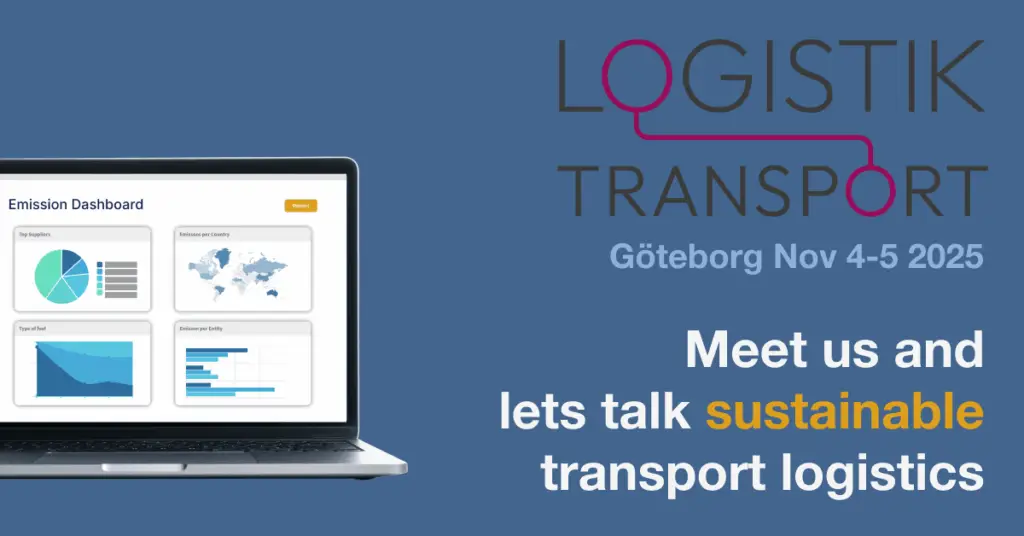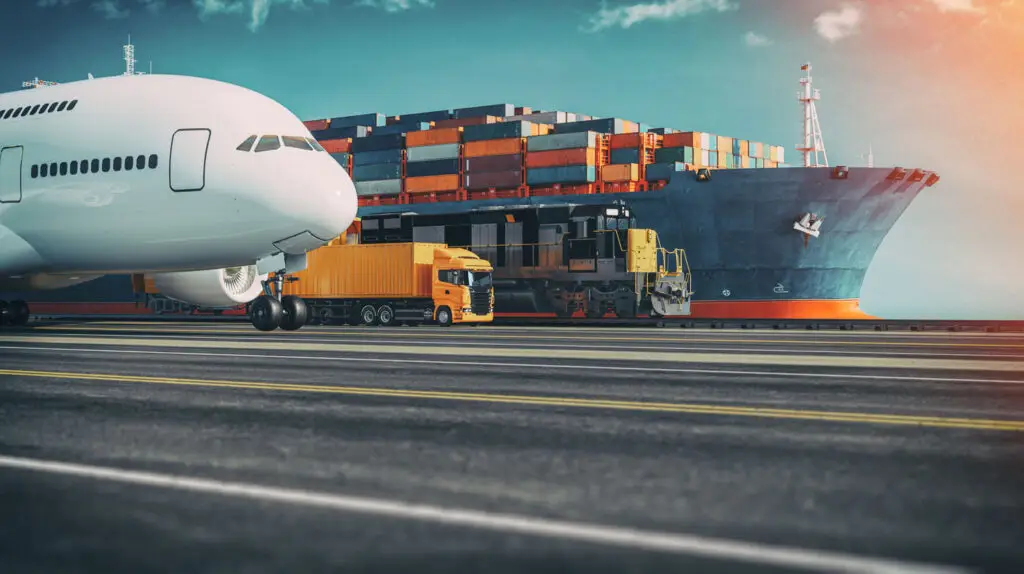Sustainability is no longer optional for shippers – carbon emission reporting is now a business imperative. With regulations like CSRD, shippers must accurately measure and report transport emissions.
Many companies rely on carrier-provided emission reports, assuming it’s precise and compliant. But is this approach truly reliable? Unfortunately, blind trust in carrier-reported emissions can lead to inconsistencies, compliance risks, and lost opportunities for real emission reductions.
1. Data Inconsistencies & Reactive Decisions
There’s no universal standard for how carriers calculate emissions. Some use default emission factors, while others apply proprietary methods—resulting in data that varies from one carrier to another. In addition, different carriers may use distinct parameters, such as fleet-wide averages or specific flow-based calculations, making it difficult to validate and compare data.
Additionally, many shippers passively receive emission reports rather than actively managing their emission data. This reactive approach means they lose out on opportunities to leverage data-driven insights for continuous improvement.
The risk?
Inconsistent emission reporting makes it difficult to compare transport modes and optimize routes.
Unclear methodologies make it hard to determine what data has been used—have standard values been applied across the fleet, or are emissions calculated differently per transport flow?
Shippers may remain in a reactive mode, responding to issues after they have happened, instead of taking proactive actions.
2. Data Gaps & Missing Emission Sources
Some carriers focus on tank-to-wheel emissions (fuel combustion), often ignoring well-to-wheel emissions (fuel production impact) and supply chain factors like empty mileage and load utilization.
Additionally, data formats, calculation methods, and reporting frequencies often differ between carriers, making it a manual and time-consuming task to compile and analyze emissions data effectively.
The risk?
- You may underestimate or overestimate your actual emissions footprint.
- Limited visibility makes it harder to set accurate decarbonization targets and track progress over time.
Without standardized reporting, integrating emissions data into a single system becomes a major challenge.
3. Compliance & Audit Risks
With CSRD and GHG Protocol reporting requirements tightening, authorities demand traceable, transparent, and verifiable emission data. Carrier-reported numbers may not align with regulatory standards, putting shippers at risk.
Moreover, when switching carriers, the inconsistencies in methodologies can create a “gap in the curve,” making it difficult to track trends over time and raising further compliance challenges.
The risk?
- Regulatory fines or rejected sustainability reports.
- Increased audit risks if emission data is not transparent and traceable.
Data gaps and calculation differences when changing carriers can disrupt emissions tracking and make historical comparisons unreliable.
4. No Real-Time Insights = Missed Optimization Opportunities
Carrier-reported emissions often come in static reports, updated monthly, quarterly or annually—too late for real-time decision-making.
This lack of timely insights prevents shippers from dynamically adjusting their transport strategies and optimizing emissions in response to real-world changes.
The risk?
- Shippers miss chances to optimize routes, shift to greener carriers, or adjust transport strategies dynamically.
Without frequent, standardized updates, emissions reporting remains reactive rather than proactive.
The Solution: Own Your Emission Data
Shippers must take control of their emission tracking by:
✅ Using automated emission tracking tools that are independent of the carriers.
✅ Applying standard frameworks (GLEC, ISO 14083) to ensure consistent and auditable reporting.
✅ Aggregating data across all carriers for a single source of truth.
✅ Ensuring emissions data is structured, standardized, and comparable across all carriers.
✅ Proactively using emissions insights to drive continuous optimization and decision-making.
By shifting from carrier-provided emission reporting to independent emission tracking, shippers gain better accuracy, compliance, and real-time insights—driving both sustainability and efficiency.




